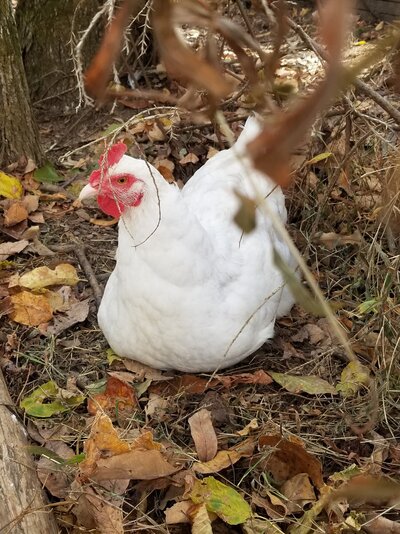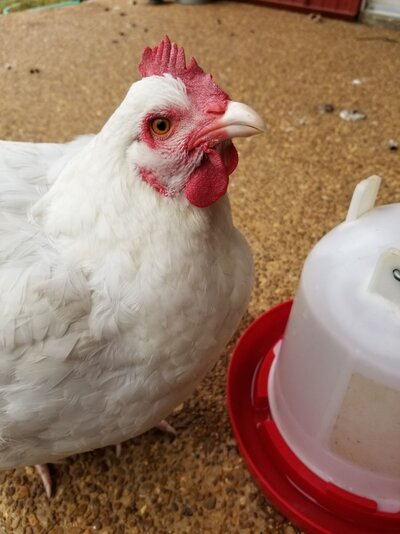ChickenTender1203
Chirping
- Mar 9, 2022
- 195
- 88
- 81
The weather was pretty good, we had some rain for a few days, temperatures were around 70s and then it went straight to 40s-20s last week. Two hens have had a pale comb since then (I will add a picture of one of them). I'm guessing it is just from the cold. Another hen I noticed was breathing through her nose and it was audible today when I put them away. Another hen has a very bare back from the roosters so I'm looking into getting her a saddle. I have been giving them cracked corn and whole oats in the morning and evening. Closed up windows. I give them fresh water in the mornings and empty them at night to prevent freezing over. Any other ideas on how to help them stay warm and adjust? My naked neck likes to sleep in her own space so how can I make sure she stays warm? They are eating A LOT more food now so I'm trying to give them as much ck3n and oats as possible to give them that extra energy boost to produce heat and hopefully eat less, but I know too much isn't good. Any ideas on specific amounts to give them each day?
PHOTOS: BOTTOM: pale comb TOP: taken on October 29 before the cold hit.

PHOTOS: BOTTOM: pale comb TOP: taken on October 29 before the cold hit.







